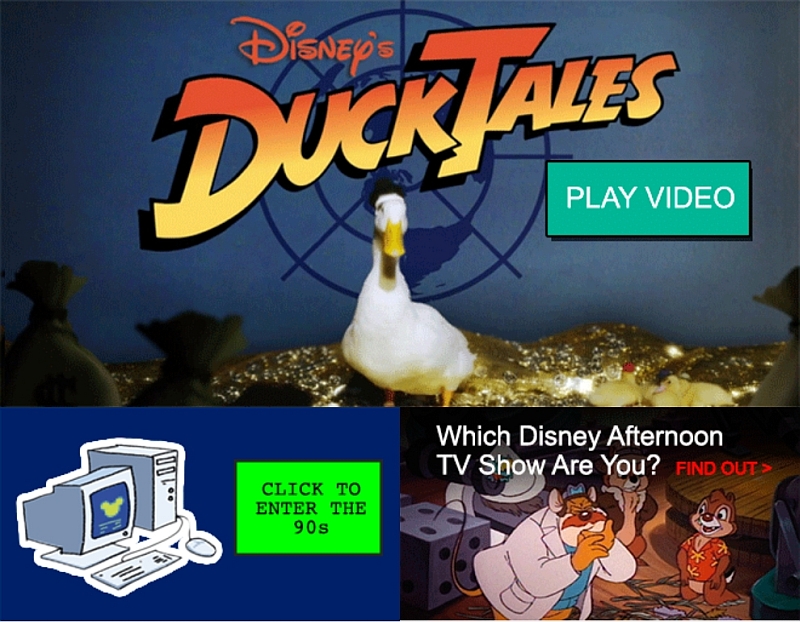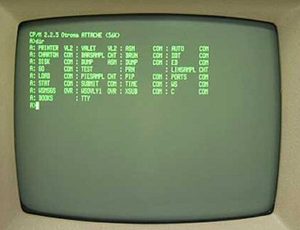Tag Archives: Gary Kildall
Learn about PC and OS pioneer Gary Kildall, from the inside

In my classes and on this site, I talk a lot about history. To me, it isn’t possible to be genuinely good at something unless that skill is accompanied by a respectful understanding of what came before. Otherwise, how could true knowledge be claimed?
I hold that true for everything. For example, if one claims to be a guitar player but knows nothing about Les Paul or The Beatles, they’re not really a guitar player. They may play guitar, but guitar player they aren’t. Similarly, if one is a physician, but doesn’t know the groundwork laid by Louis Pasteur or Florence Nightingale or how they treated injuries during the Civil War, then I would question their qualifications and their true interest in the field; after all, if they don’t know the history of medicine, how interested in medicine could they really be? A true passion for something necessarily results in learning *about* that thing, and that includes history.
That’s why I talk about it so much. I’m always excited to learn a new little piece of computing history no matter how small; everything helps piece together the puzzle. It’s also why I’m a member of the Computer History Museum, and they recently released a heretofore unknown piece of history that is quite major. It’s the ‘first portion’ (about 78 pages) of an unpublished autobiography of one of the founders of the modern home-computing movement, Gary Kildall. You can read about it and download it here.
Gary Kildall developed the first true OS for what would become business and home computers, and he called it CP/M (Control Program for Microcomputers, and you can download the source code from the CHM here). There are many stories about him and his place in the early days of computing. The most common, the one his kids claim is false but has persevered and taken on a life of his own is that when IBM showed up at his front door to license his OS for use in their new line of PCs, he was out flying his plane and his lawyers advised him to not sign the NDA that was provided. IBM, not being a company to wait around, instead went right down the street to Microsoft and signed up with them instead. ironic, because they had approached Microsoft first who sent them to Kildall in the first place! Needless to say, the rest is history.
If you look at the screen of a PC running CP/M, you’ll notice that, and this isn’t a surprise, MS-DOS looks very much like it.
The truth to that story has always been questioned, but it is generally accepted as what happened. Microsoft had no OS when IBM first approached, which is why they recommended Kildall. However when IBM returned to Microsoft after the failed meeting, Bill Gates jumped at the opportunity and it was all over for CP/M. Gates became the richest person on earth, and Gary Kildall, sadly, faded into comparative obscurity. The fact is, for all his contributions to computing, there just isn’t very much known about him as a person. Even finding a decent header image was difficult.
That’s why it was very surprising to see the Computer history Museum recently make available a copy of the autobiography. Apparently, he had written it sometime back in the 70s and handed a copy of it out to a few friends and family noting it was intended to be published the following year. Needless to say that never happened, and the fact it existed remained a buried treasure ever since.
Being written by his own hand, and talking about the events behind the urban legend of IBM, Kildall, and Gates, it is a really fascinating read, giving insights into how things worked back at the dawn of the personal computer age. I found it especially interesting that even though he had once created a BASIC compiler, he – in his own words – detested BASIC. I didn’t know it was possible to feel that way about a computer language, but apparently he did. I was also struck that in the introduction to the memoir, Kildall’s children mention their father’s later struggle with alcoholism, and apparently that manifested in the writings and is the reason that those sections of the writings were not included in the release.
I am more than ok with that, though. What has been provided in this first portion is a fascinating narrative and perspective, one not seen before, into the mind of someone who deserves much more credit than he gets.
A couple of side notes: You can see Gary in many episode of The Computer Chronicles, an 80’s – 90’s show about technology that is a really interesting and compelling look into the what consumer technology used to be, and if you haven’t been to the website of the Computer History Museum, you really should give it a look. There is so much there to see; it’s incredibly informative.
How far we’ve come

If you’re like me and have been around for a while, you may have some recollections of what the computing, or at least the personal computer experience, was like back in the early days (circa the late 80s onward) when PCs were becoming more pervasive in the consumer space.
It was really undiscovered country, the entire industry was still feeling itself out and trying to figure out where it needed and wanted to go. Standards were not prevalent, at least inasmuch as we see them today, and everyone was trying to put their own stamp on what was clearly going to be a major part of the future.
Some throwbacks for Thursday

I am knee-deep in a technical specifications review today, so unfortunately I have to be brief, but luckily Disney and the Computer History Museum in Santa Clara, California came through for me. Based on emails I received from them I thought I would make a post about the past, one relating to the Internet and one relating to Operating Systems as we talked about in class.
First, I received an email from Disney Interactive that had the above header image in it, and it said “Join Disney for a trip back to the ’90s!
Well I’m always up for something like that, so I clicked the link and it took me to a webpage that is a glorious tribute to what the web looked like – and it did actually used to look like this – back in the mid 1990s. That’s a picture of it below, it’s completely functional with animated gifs and flashing colors and scrolling text (sadly no dancing babies), and you can get to it by following this link. Don’t miss it!

